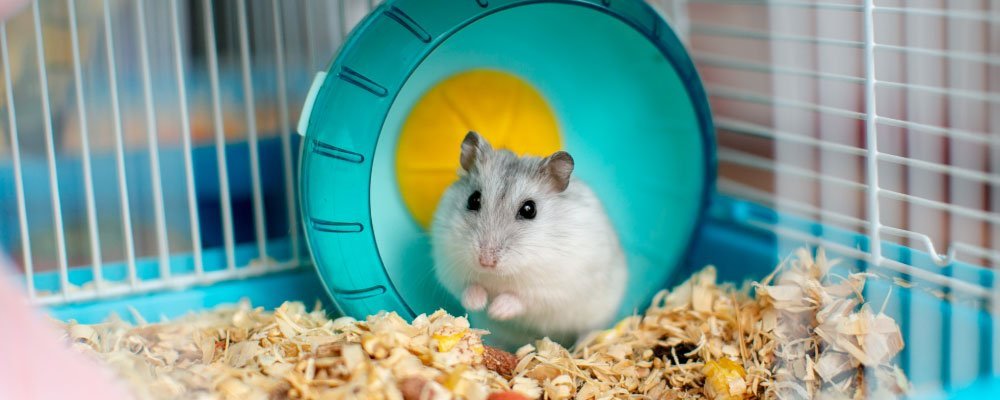
Hamster body language – what is your hamster trying to say?
To be quite honest, most hamster-to-hamster interactions deal with aggression or sexual messages as the hamster's highest priority is to survive, and finding a way to mate. Having said that, the way hamsters communicate with each other is still pretty sophisticated even if the messages are limited.
When hamsters approach each other and lean toward each other sniffing?
They sniff-inspect each other's muzzle, from the edge of the nose to the base of the ear as there's a scent gland on the bottom edge of the ear.
What hamsters learn from this action evidently tells them the sex and the individual identity of the other hamster. This sniff is crucial for then knowing how to respond whether it’s fight or flight, mate or nest together.
Why do hamsters “circle and sniff” each other?
In this case, the two hamsters are checking each other out very cautiously by circling each other and they actually alternate positions in a "T" arrangement. The hamsters shift positions and continue to circle while they decide which hamster will be dominant.
The dominate position is the upright of the T, the hamster with his head under the body of the first hamster. The subordinate hamster may sit back on his haunches in a more or less upright position to avoid being thrown off balance.
How do hamster spar against each other face-to-face?
In this situation, the aggressor tries to bite the subordinate's belly while the subordinate remains upright and tries to push away the aggressor very rapidly. No audible signals are evident other than a little squeaking. Finally, subordinates move in a jerky motion while the dominant victor male moves quickly and smoothly strutting his stuff.
How do hamsters avoid a confrontation?
Hamsters sometimes make appeasement gestures to try to get out of conflict and aggression. This often happens especially when approached from the side by another hamster by surprise.
The approached hamster seeks to avoid a confrontation as it holds out one paw, fingers splayed and palms down. They can also use a tail flick to demonstrate this in which the hamster will freeze in place, back arched upward and tail upright indicating that the hamster doesn't want to fight anymore.
What happens when hamsters stand upright?
Often called rolling fighting, the aggressor hamster may be standing upright or on all fours, as they launch an attack toward another hamster and tries to bite the other hamster's midsection, where the light-coloured belly fur meets the darker fur of the back.
Then, the two hamsters curve their bodies around each other's mid-sections and become a rolling biting furball hence why it’s called “rolling fighting”. The action halts and may end if one of the hamsters freezes in a belly-up position, which is a surrender signal.
Sometimes the dominate hamster isn't through and will follow to continue the attack and can seriously injure or kill the loser. There is where intervention needs to take place in the form of a few squirts from a water bottle and one of the hamsters being removed from the cage. There are lasting effects from social defeat for the loser and hamsters deal with social defeat by increasing their food intake with an increase in body and fat mass.
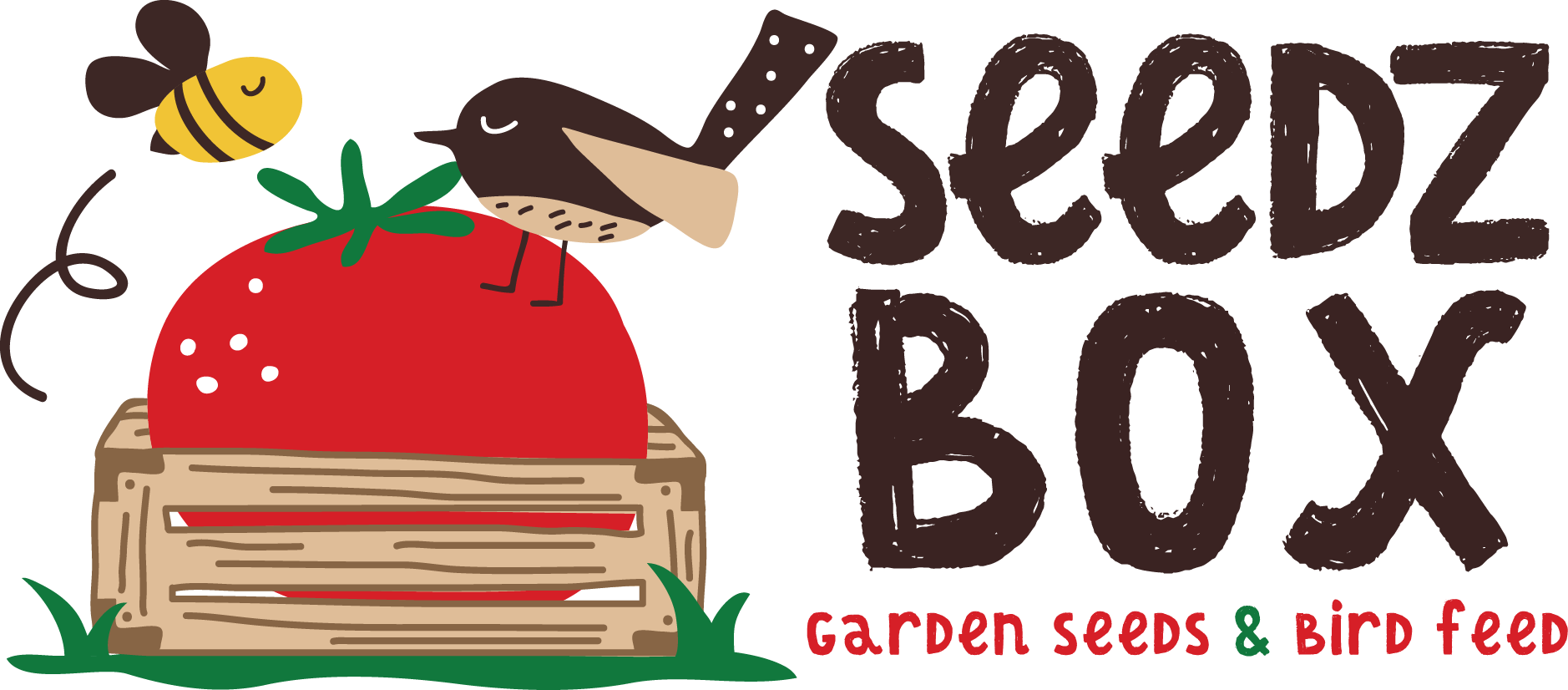
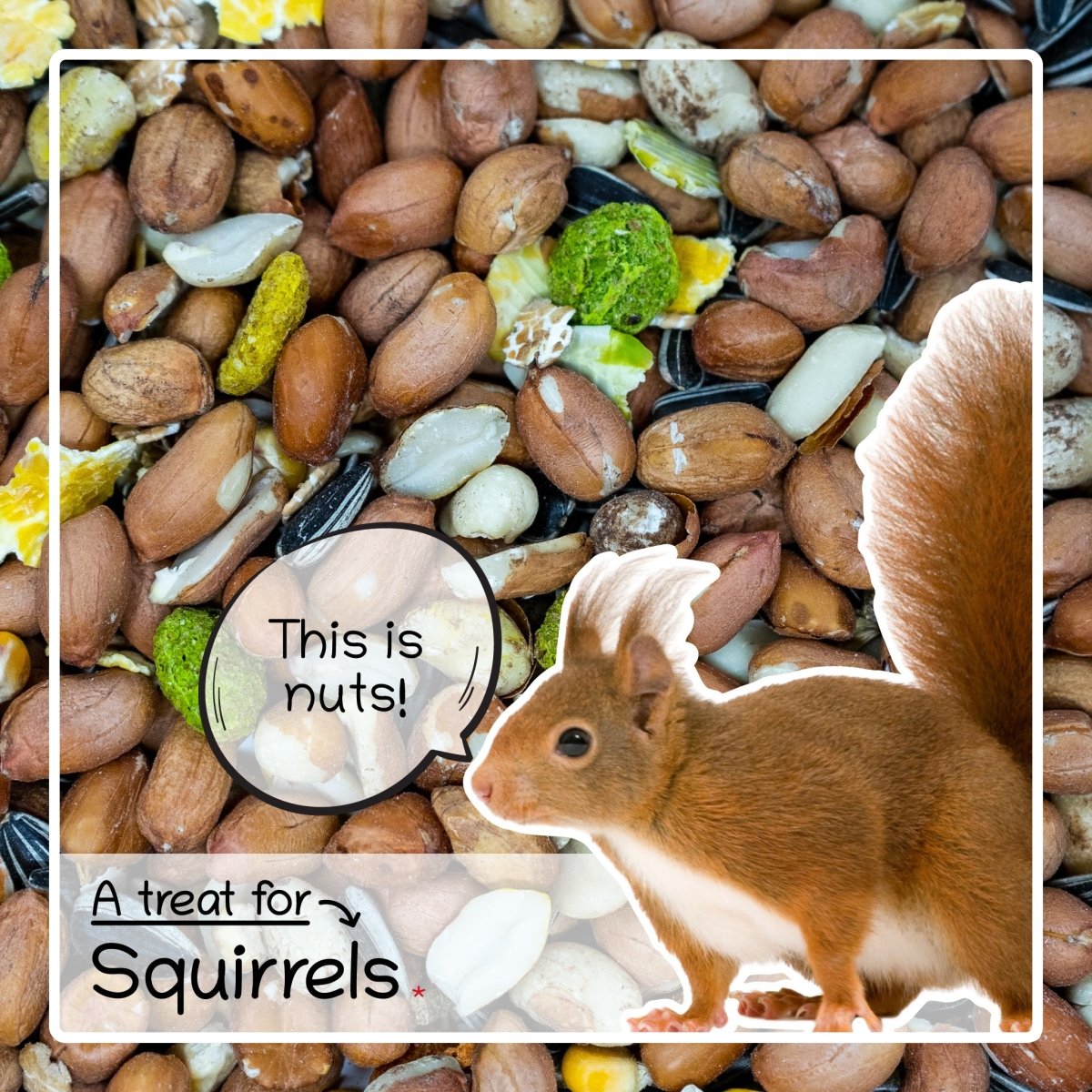
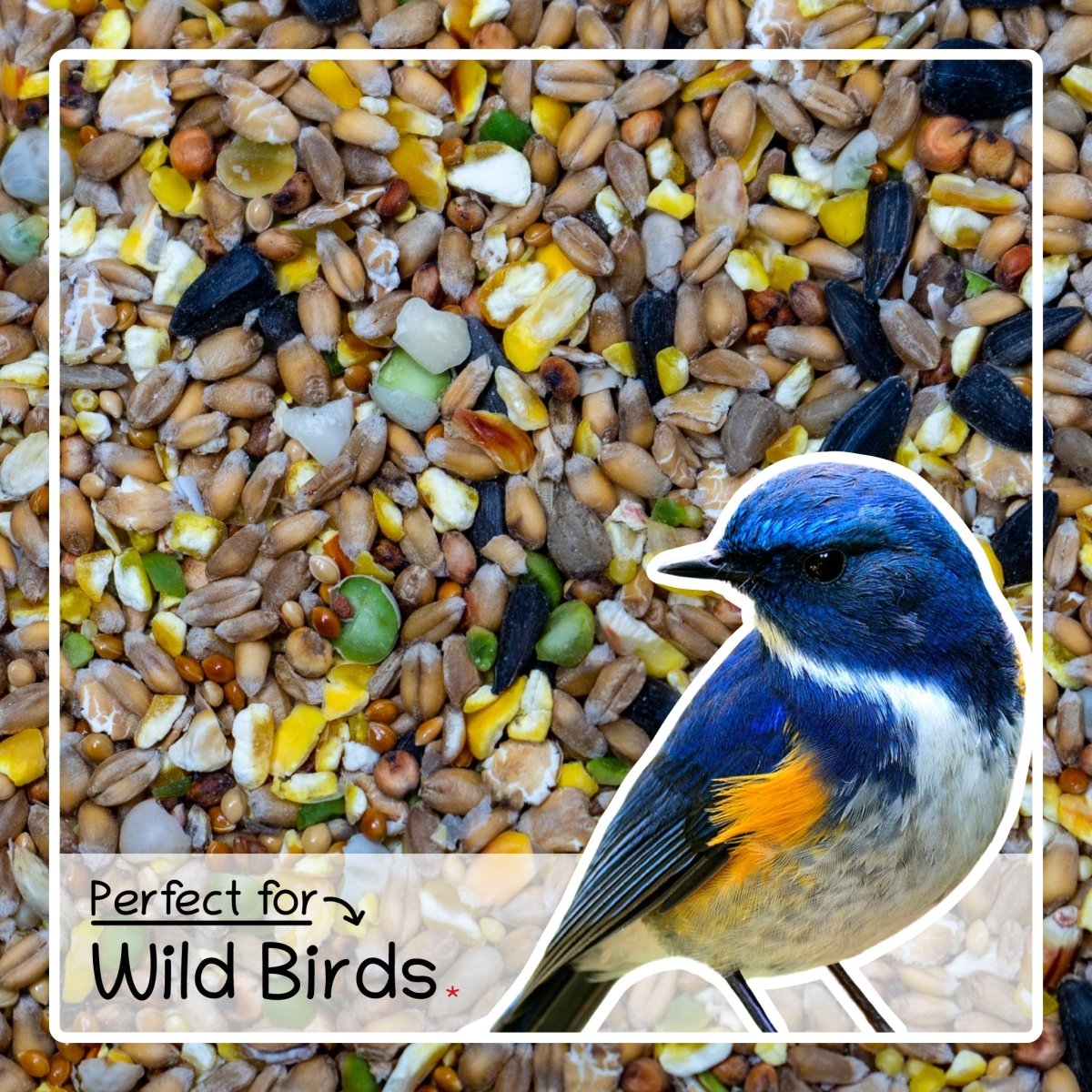
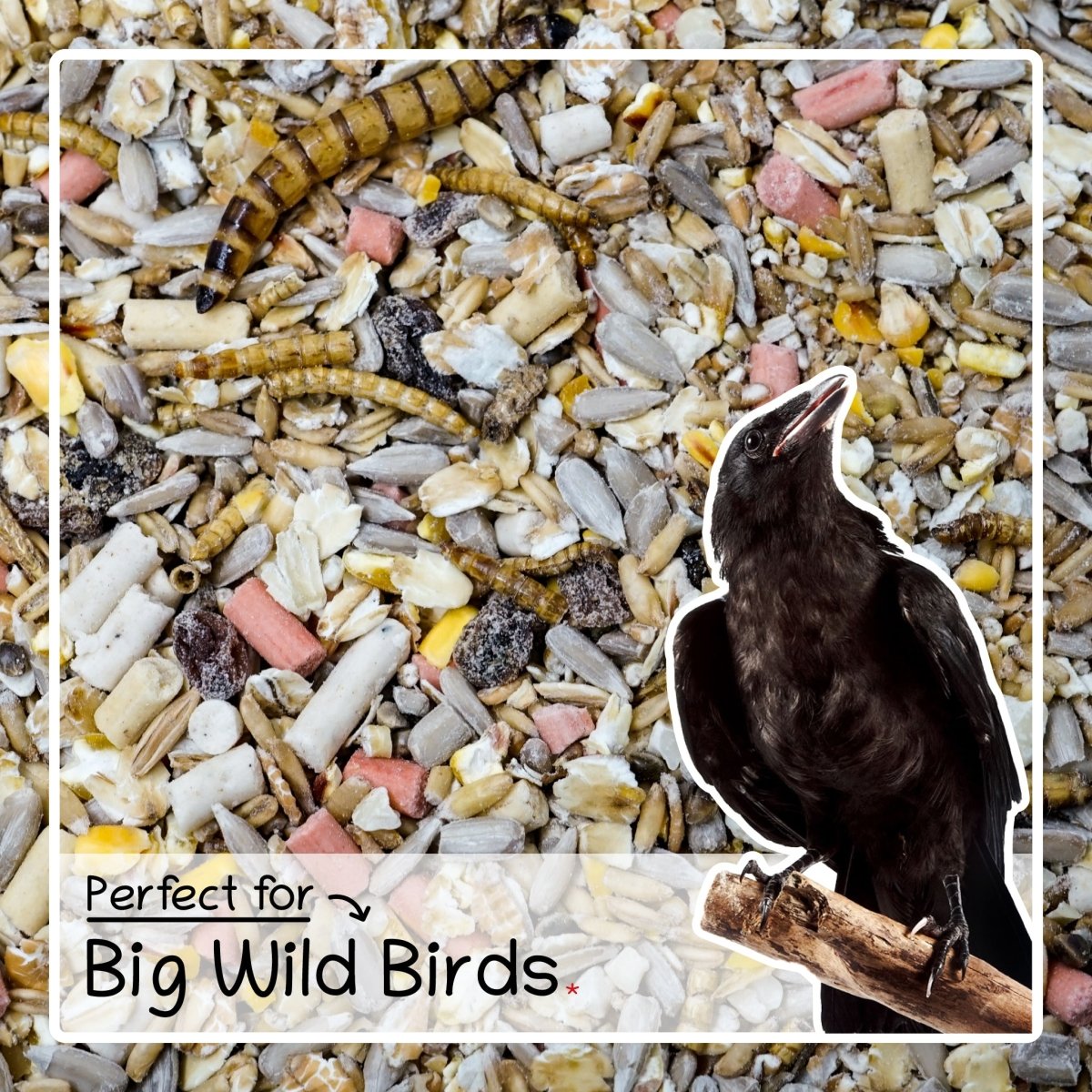
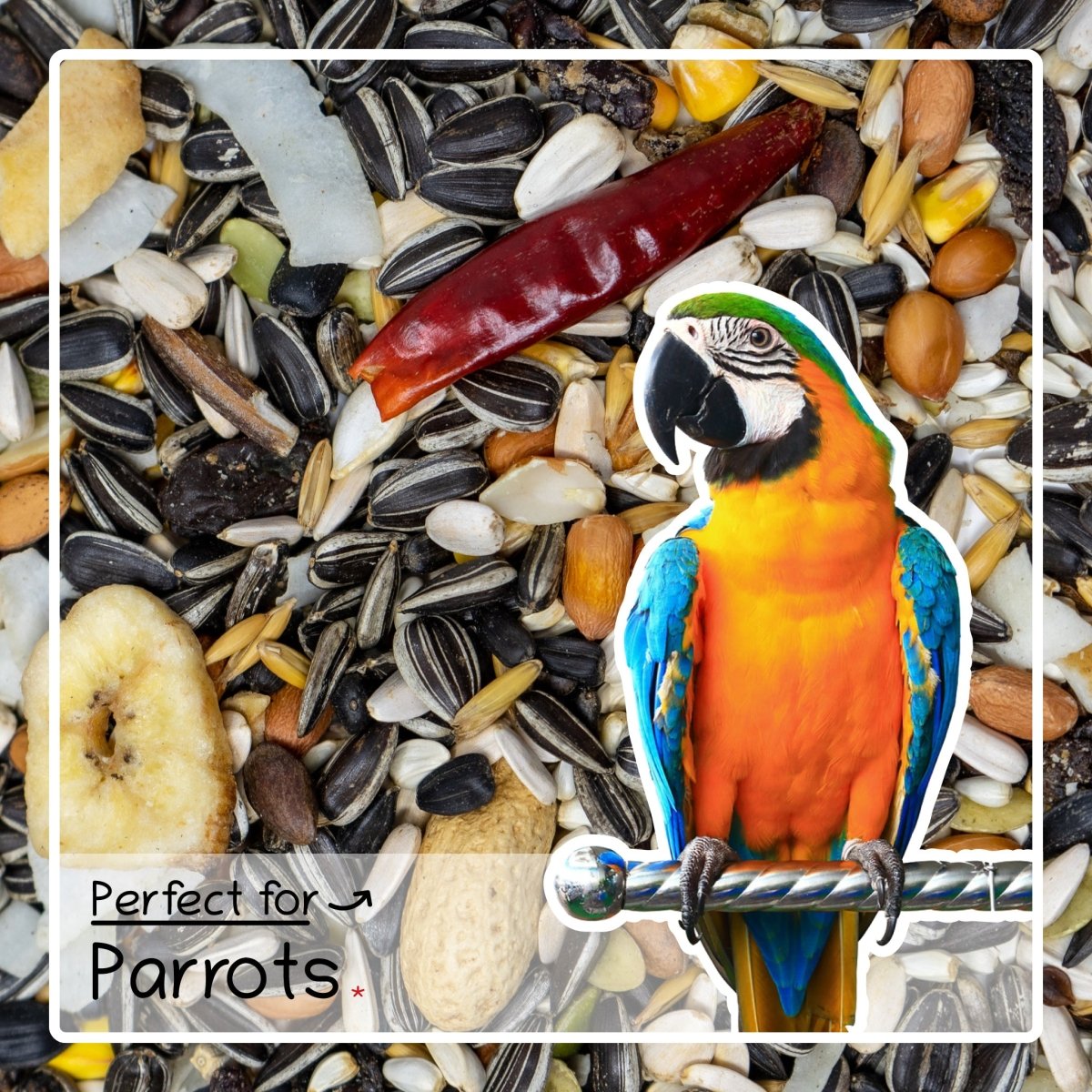
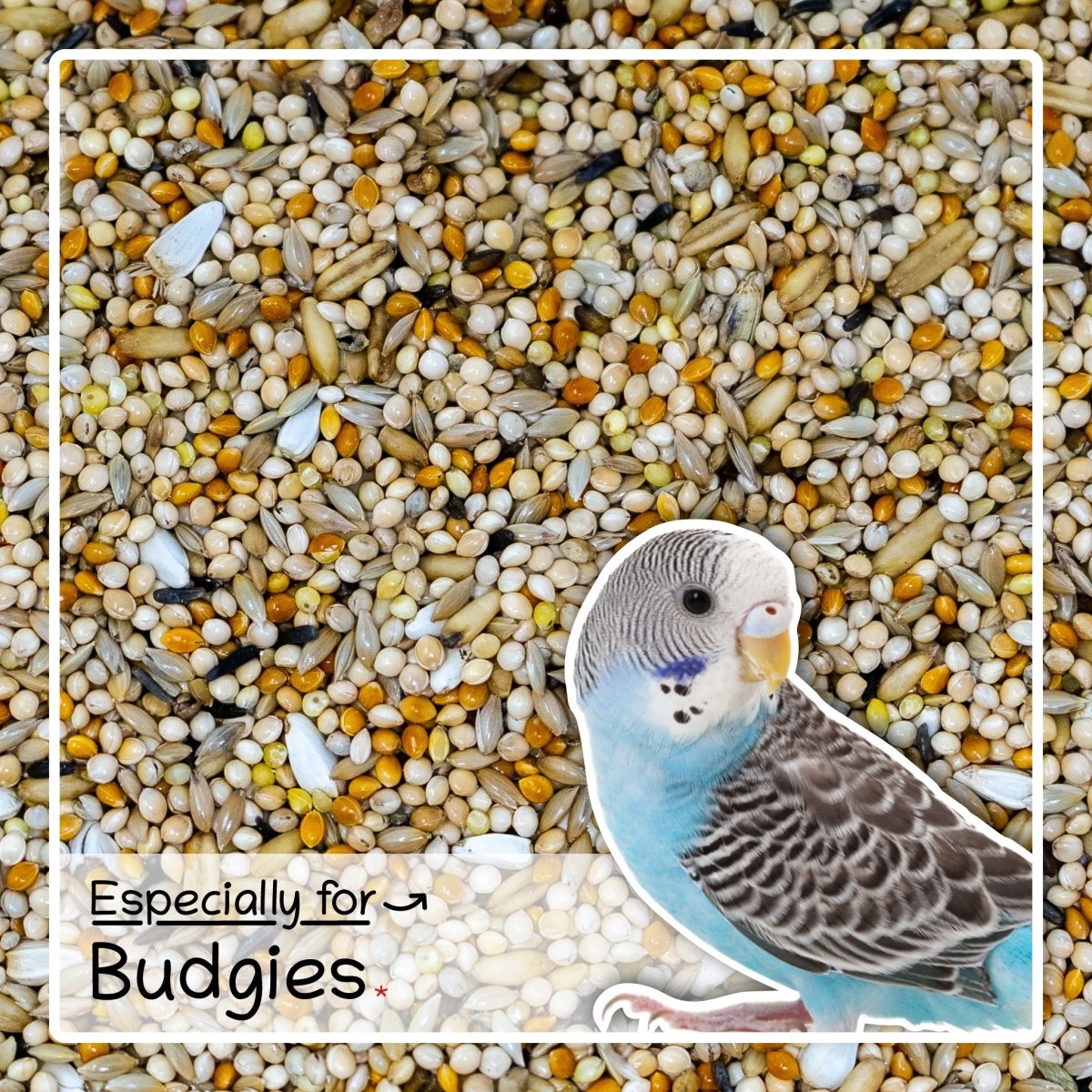
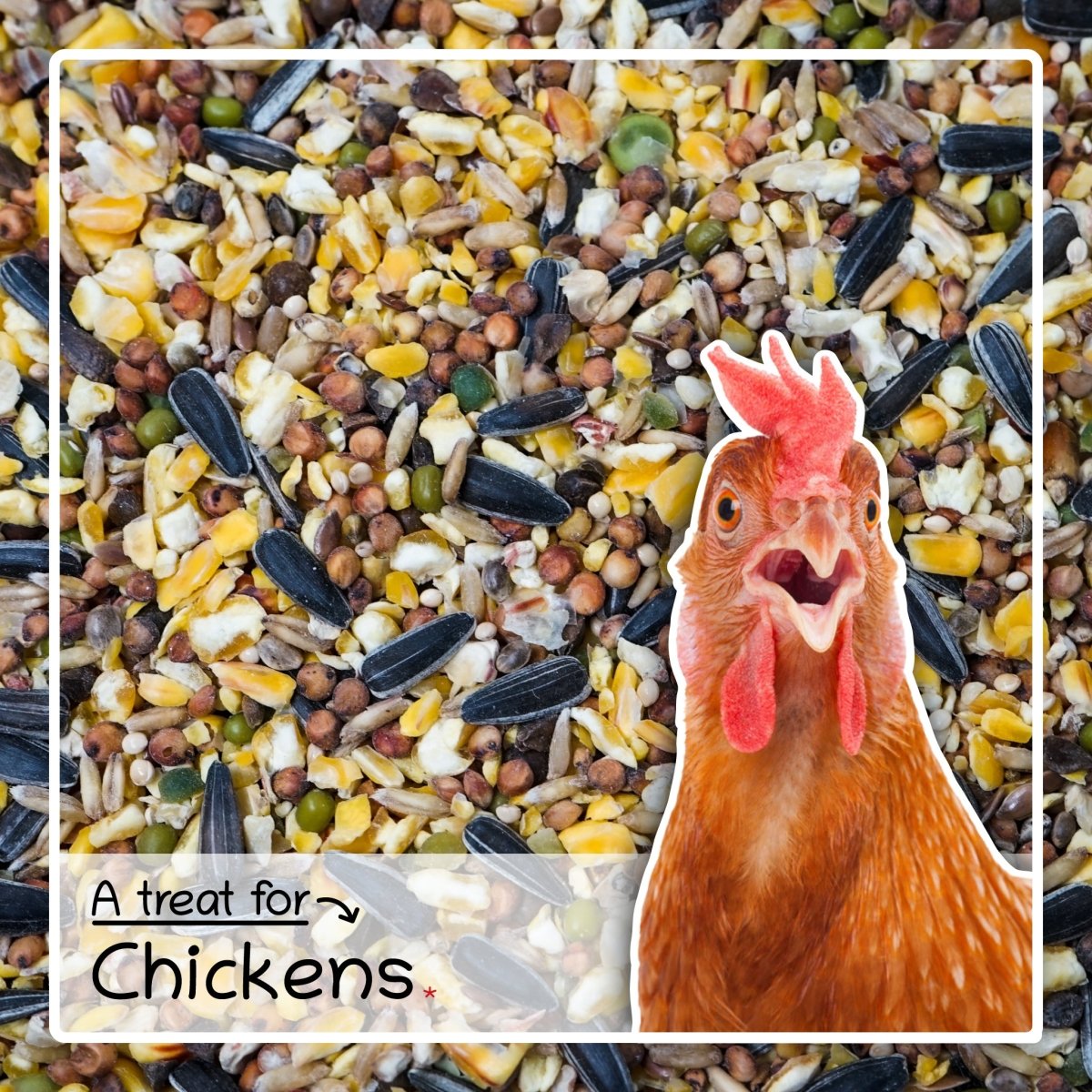
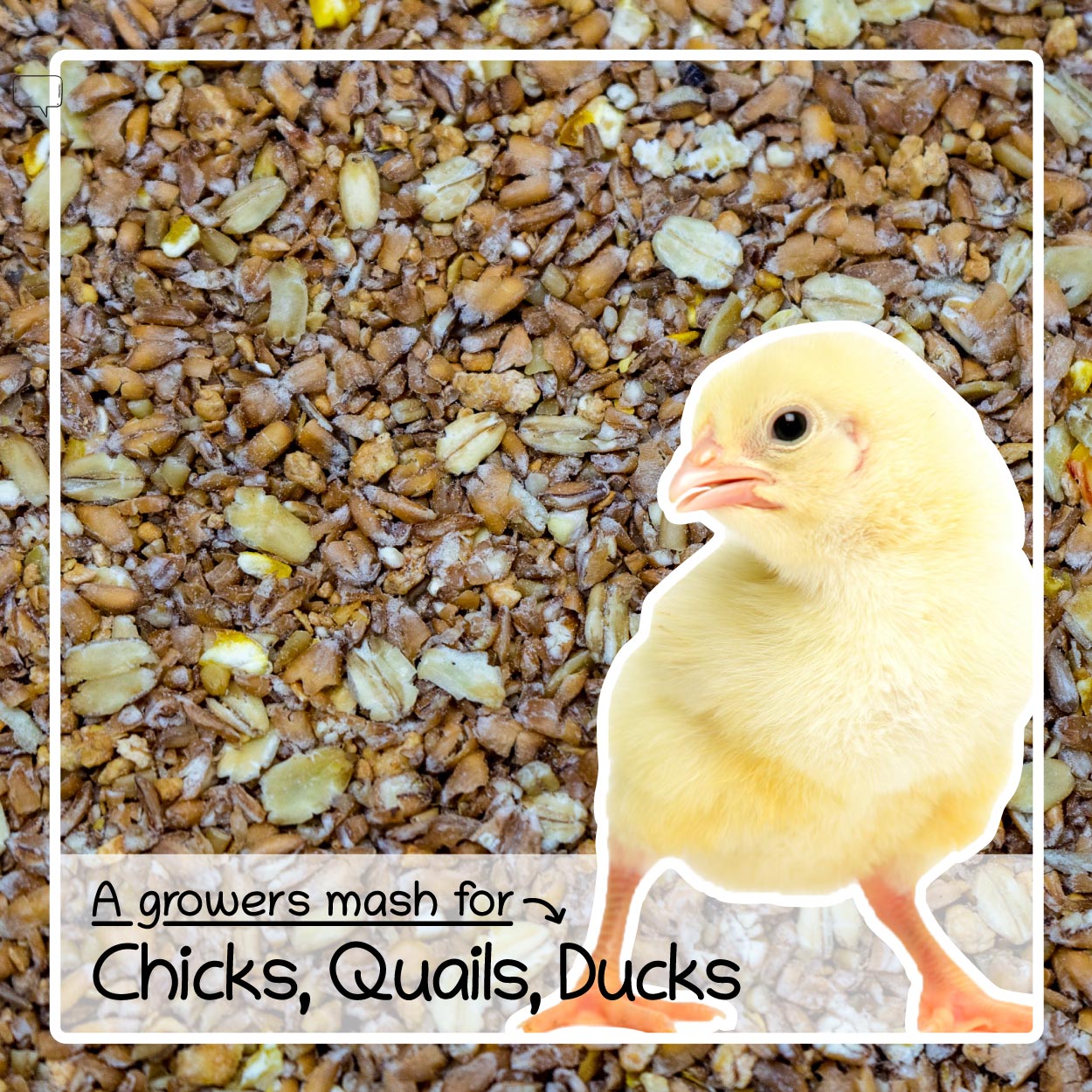
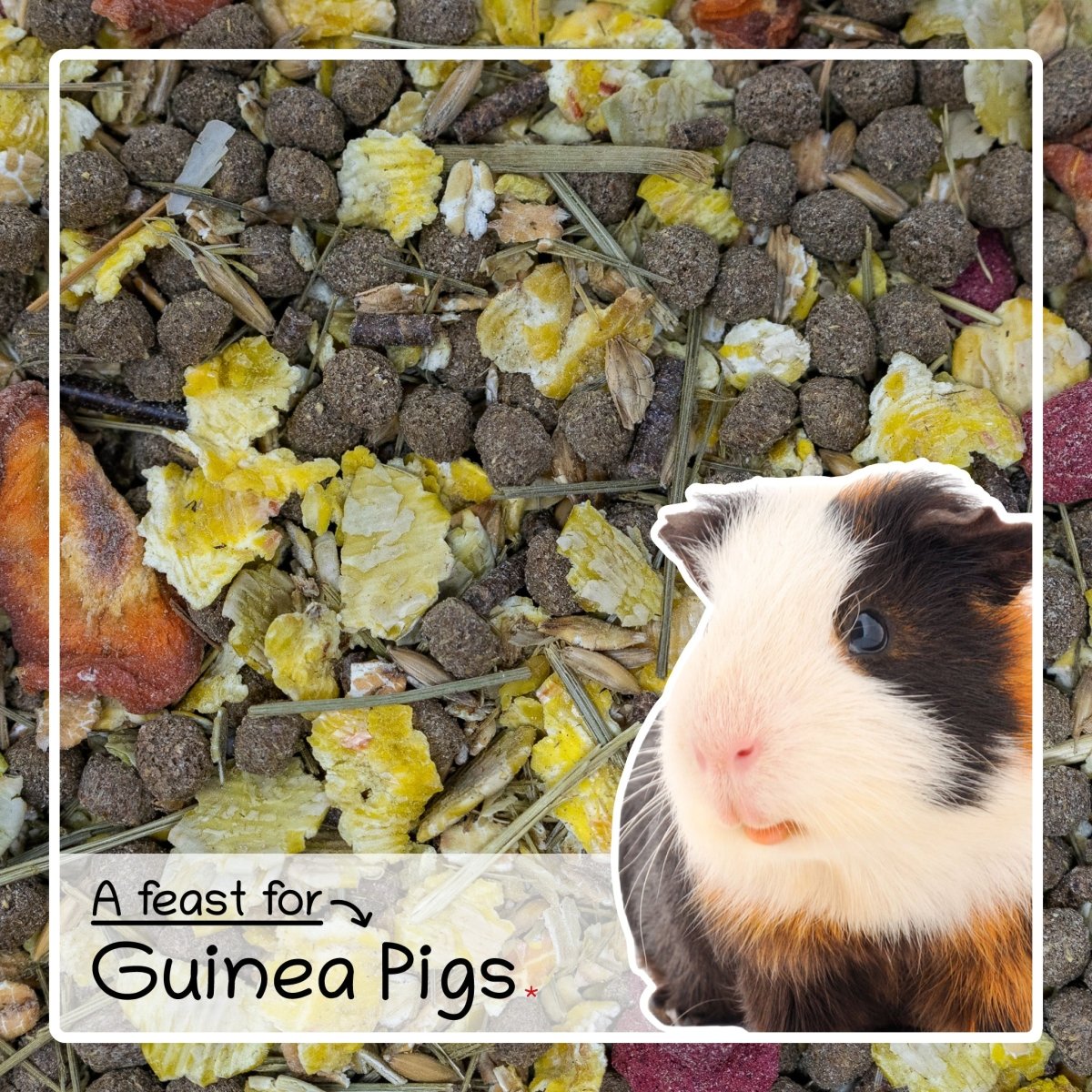

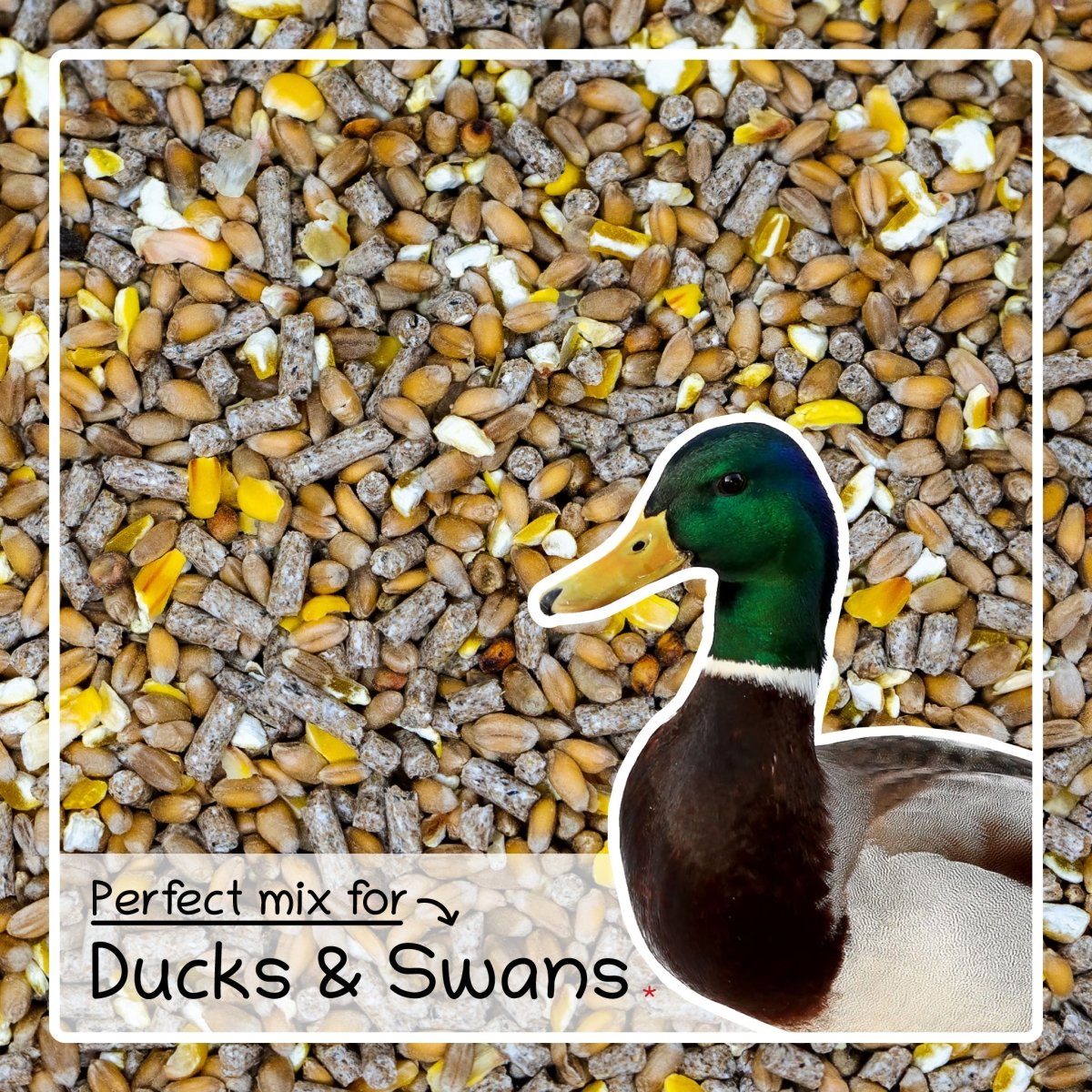
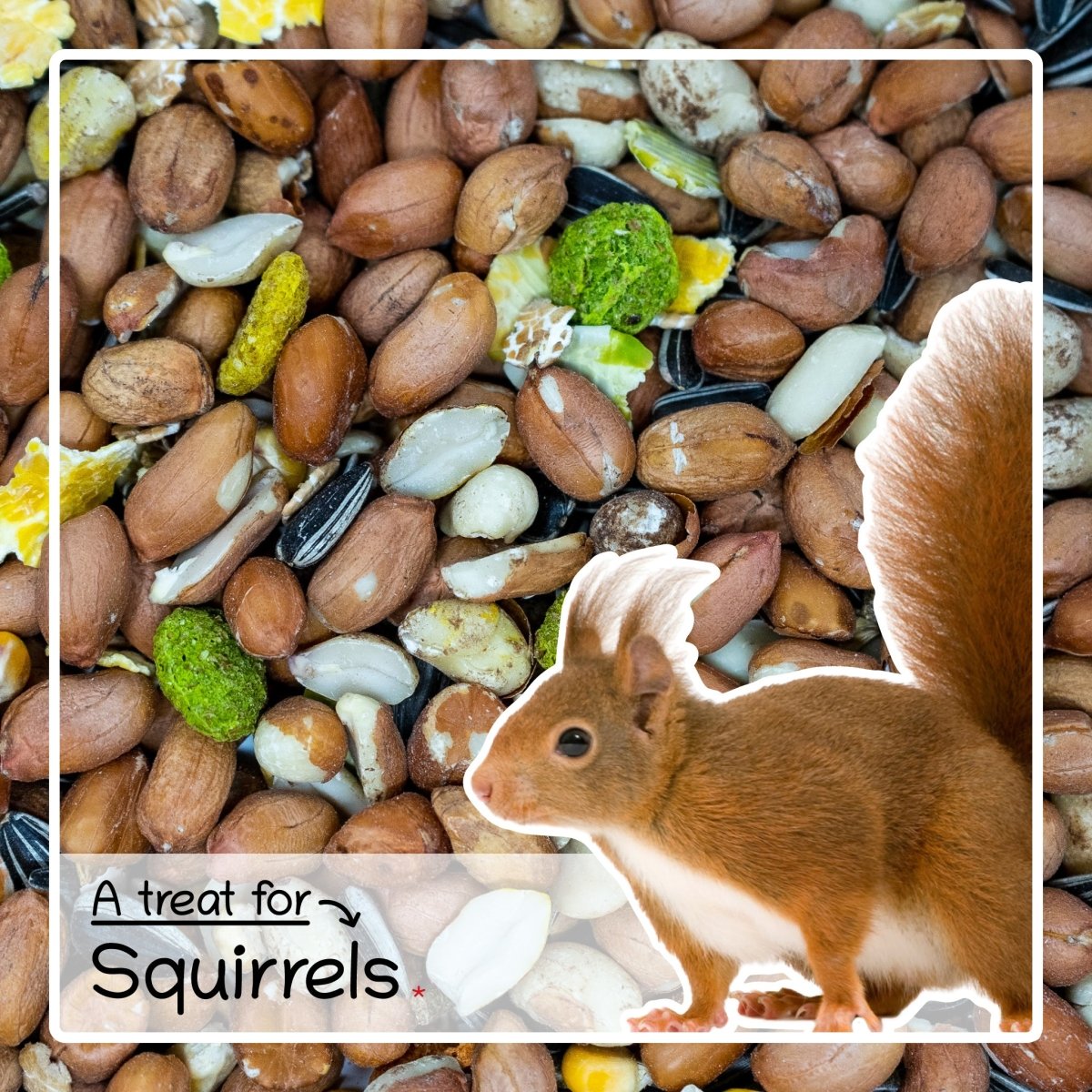


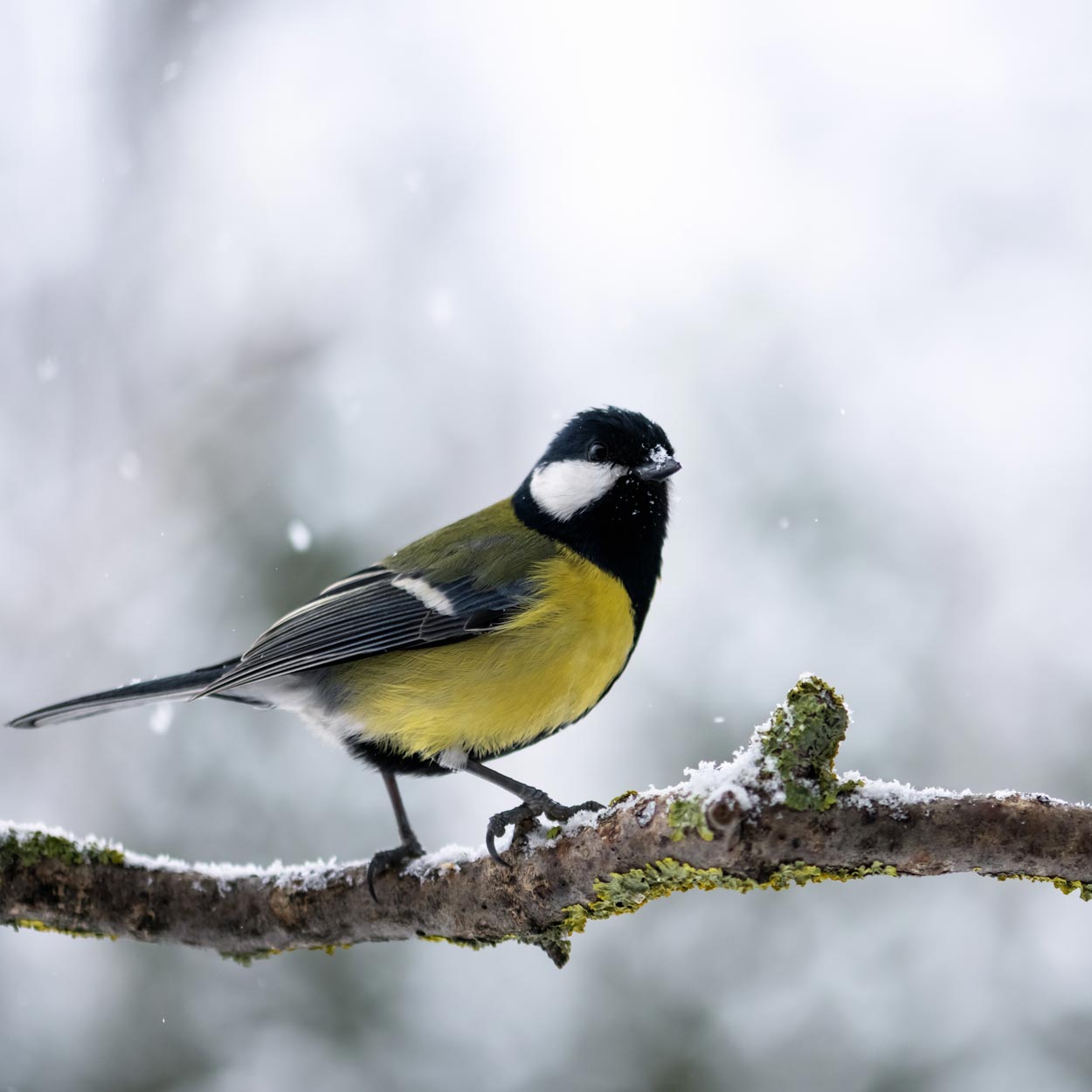

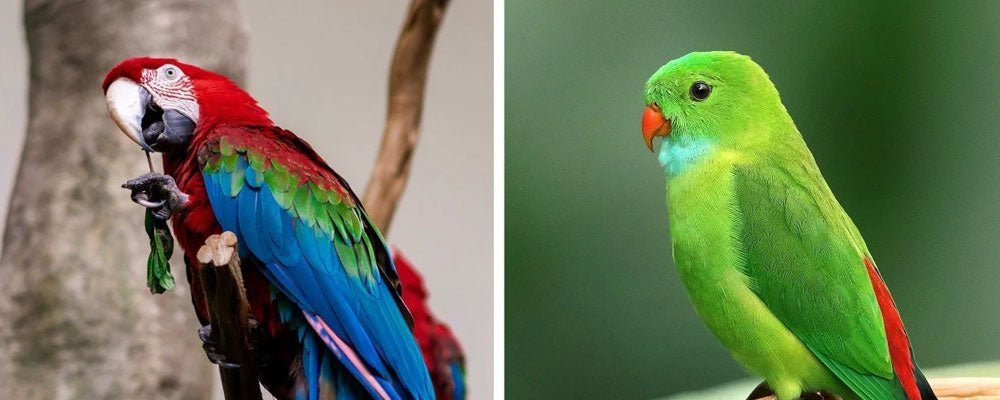
Leave a comment
This site is protected by hCaptcha and the hCaptcha Privacy Policy and Terms of Service apply.